
The AV Club was talking about rising prices of “floppies,” and how it affects independent comicbook creators and comics publishers, something I have wondered about earlier myself:
For the past 12 years, standard 32-page comic titles were priced at $3.99, with some titles (mainly for kids) still at $2.99. But prices have been steadily rising; more than half of all new comics in 2024 cost $4.99, with some going up a dollar or two more with variant and stock card covers, or in some cases, extra story pages. It might seem like a small difference, but it has big implications, Image Comics co-founder and Spawn creator Todd McFarlane explained. “…For 20 or 25 bucks when we were younger, you used to be able to walk out [of a comic book store] with a pretty thick bag full of comic books. Now you can count them on your fingers.”
McFarlane raises an important point: With inflation hitting people hard, can the comic book market sustain a 25-percent price increase? How does this affect the indies? While journeying through New York Comic Con 2024 (and after), The A.V. Club sat down with several comic book publishers, including McFarlane, to discuss this shift.
There are a few key reasons for the recent industry changes. “Cost factors have gone up for everybody,” explains Damian Wassel, CEO and publisher at Vault Comics, whose recent series include Deathstalker and Godfather Of Hell. He noted that in the three years prior to the COVID pandemic, “the U.S. went through this massive run of paper plant consolidation and shutdowns. Then COVID happened, and comics sales skyrocketed in 2021, but nobody could get paper for them so costs went up. You’ve got some printers charging close to or more than 100% more than they charged in 2018—not because they have to, necessarily, but because that’s what they’re doing. Then inflation has gone up, so creators need to make more.”?
As a result, the two comics behemoths, Marvel and DC, raised prices on many of their books to $4.99. A number of indies also followed suit. However, Marvel and DC have the advantage over indies in that they can do considerably larger print runs which can reduce printing costs. Indies generally have smaller print runs and therefore tighter profit margins. They also don’t have the greater corporate profit edicts of the Big Two. Further, some licensed properties can require higher cover prices to recoup an investment.
“Pricing has been an issue in comics for a while because of this collector mentality that’s become the mindset of everyone,” notes James B. Emmett, senior editor of creator-owned projects at Mad Cave Studios, home to Gatchaman, The Hexiles, and others. “But also to make sales make sense in terms of printer costs, shipping, paying our artists, paying our writers, and just making sure we’re breaking even on the floppies.”
The company settled on the $4.99 price with $6.99 for books with slightly longer stories or alternate covers, which is comparable to other indies’ pricing. “Variants are more expensive because they’re lower print runs so their markups are higher and they’re more exclusive,” Emmett said. “We’re still playing in the world of comics in that way because people want to collect those things.”
Well I think a serious clue’s been provided that even the independent scene’s not immune to the obsession with pandering to the speculator market. I’m sure not all publishing specialists and writers/artists agree with that, but anybody who lets this go without comment can’t be surprised if the independent industry’s ultimate damaged by the whole notion they must do favors for a certain segment that’s not in the game for reading, but for collecting out of a flawed notion these items will ever be worth huge money in their lifetime. Even independents have a huge opportunity ahead of them to publish wall paintings, and instead, they opt for a hilariously silly format that could end up locked away in a vault for ages to come, and nobody gets to see it, because it’s “collectible”.
Through his Outtatime Comics imprint, writer Mike Spring has released his series Red, White And Broke: Confessions Of An American Superhero and The 8-Bit Slasher. His initial print runs are about 300 to 500 copies. His books are 24 pages of story at $5 each, his collected trade paperbacks are $20, and his two recent releases were 48-page square bound one-shots priced at $10 each.
Spring says fans are fine with his pricing “because I mostly sell them at conventions and on Kickstarter, and I think they’re very commensurate with what most indie books are selling for at conventions and on Kickstarter. The thing for me is my profit margin gets a little bit less every time the paper costs go up. I find that most people can see the value of the book.”
But is there a difference between how much you’re paying for paperbacks as opposed to floppies? If a trade contains 6 or more chapters originally printed in pamphlets, and it’s just $20 in contrast to the $30-plus you could end up paying for the pamphlets, then obviously, the paperback makes the better choice for purchase. Hardcovers can be much more expensive, but some could reasonably argue that too makes a better choice for buying.
We are currently living in another golden age of comics because of the sheer diversity of titles available to readers and collectors today. A majority of that comes at the indie level which is vital for keeping the medium moving forward artistically. But like the current streaming television boom, a plethora of selections can also overwhelm consumers.
“Choice profusion also affects the economics of the business,” Wassel noted. “It’s great to have options as a reader, but when you have a lot of options it can get harder to pick anything. You see a little bit of that happening in consumer behavior, but it also just means that it’s harder for any one thing to break out.”
Umm, you could easily say that about ordinary books, whose own industry is even huger. As for artistic merit, if indies count, why not the corporate-owned comics? Since Marvel/DC threw it away long ago, is it any wonder they’ve been abandoned? That’s why they no longer have breakout successes.
“The key is producing comics that readers actually want and knowing your market,” says John Dziewiatkowski, publishing director for U.K.-based Titan Books which also releases titles in the U.S. including the Gun Honey and Minky Woodcock series. “Is your brand known? Is your story engaging? Strong brands with great stories and great art continue to sell well. Indie comics with unknown titles can be challenging. Publishers need to get creative with their sales and marketing efforts to get the product in front of their target audience. Unfortunately, there is not a magic formula for comic book success.”
While the market may be able to bear $4.99 comics for now, it should be noted that a majority of traditional comic buyers are middle-aged adults, whereas younger readers tend to like manga and graphic novels. Trying to build a strong fanbase of younger readers may be more challenging when some may perceive larger collections as better value for money. And single digital issues are usually not cheaper than print.
Well at least a UK publisher’s willing to make a point USA publishers don’t seem capable of doing anymore, though I decidedly take issue with “brand”. Even that’s disputable, since merit for anything, regardless of recognizability, is what counts. And why must brand new stories from Marvel/DC matter as starting points, but not old? You can learn from past publishing history how to turn out the best possible story, and instead all that seems to matter is the newer stuff lacking in merit. Maybe if indie publishers would have the guts to call out Marvel/DC on all the mistakes they’re still making, we’d be getting somewhere. Nobody should be sticking to PC standings regarding the issue of merit. That’s what allowed Marvel/DC to get away with some of the worst directions for years already.

And even indies aren’t immune to PC. We can only hope, therefore, that independents will consider that, if there’s anything they need to tidy up for now, it’s the laughable notion they’re required to pander to speculators. If they’ll turn to the wall-portrait business instead of relying heavily on variant covers, then we’ll be getting somewhere, ditto if they leave pamphlets behind in favor of paperbacks.
Unfortunately, no chance the AV Club will ever make the suggestion themselves.
Originally published here.

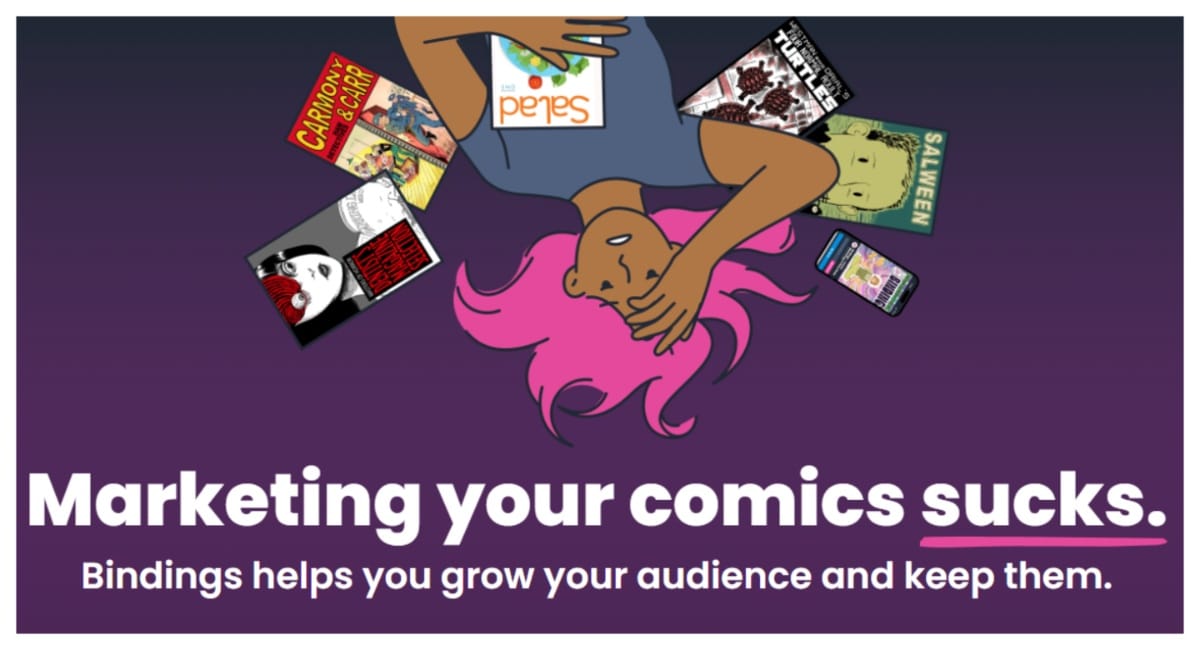
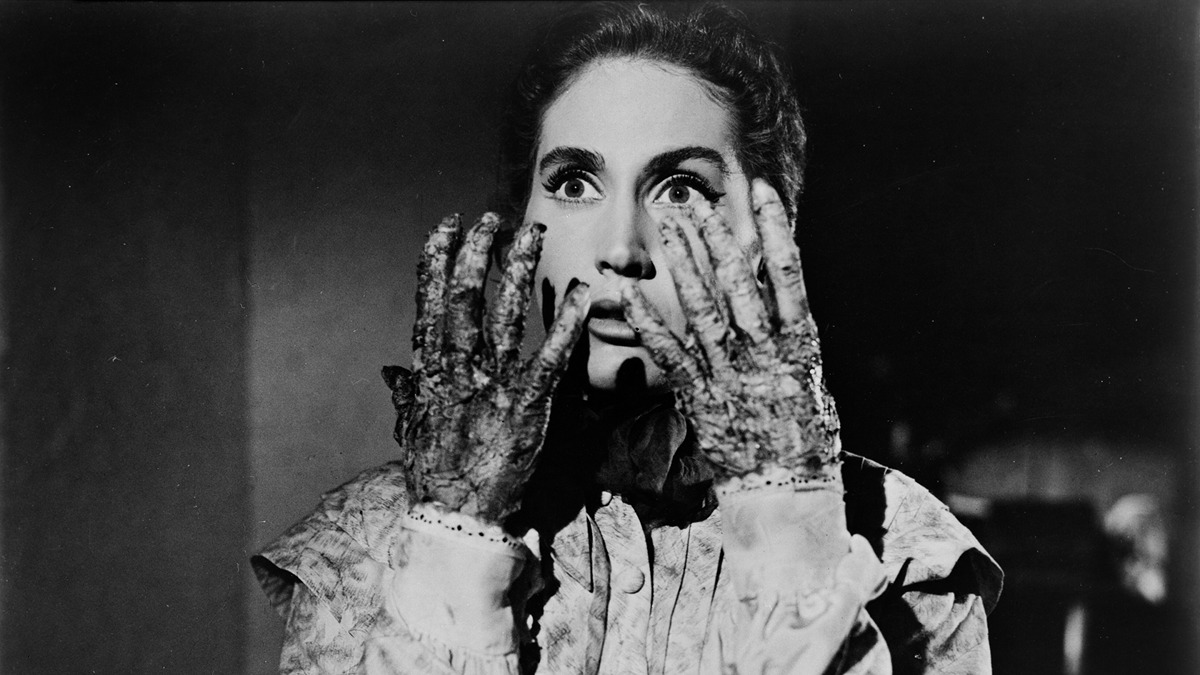
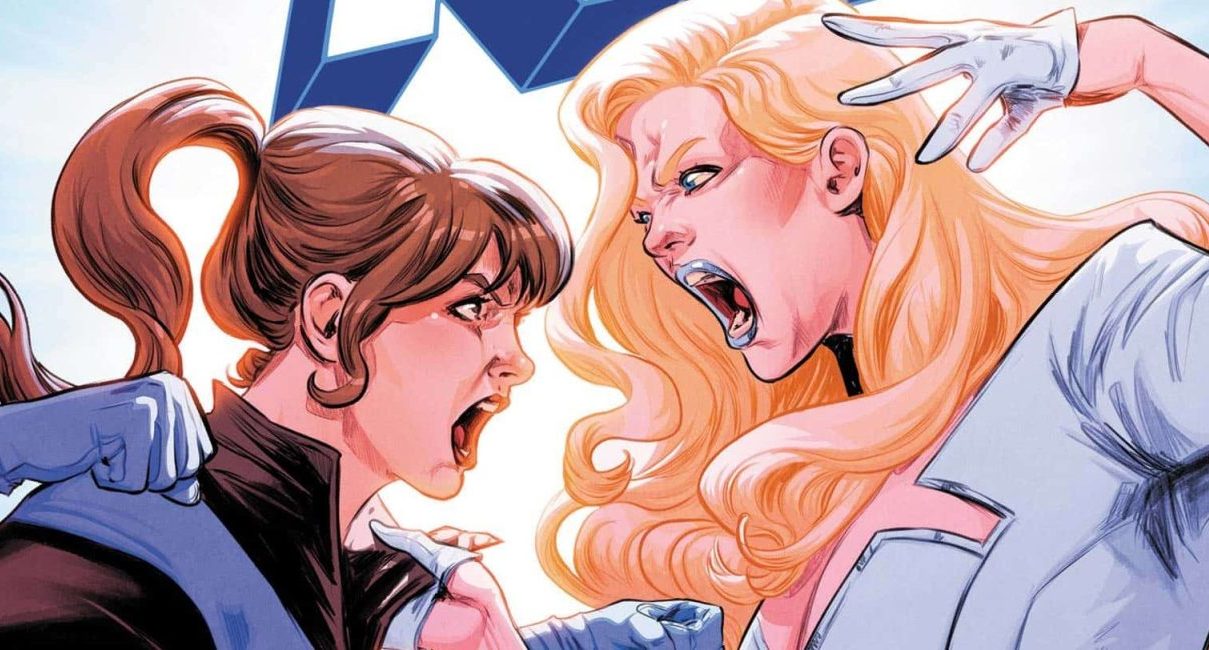
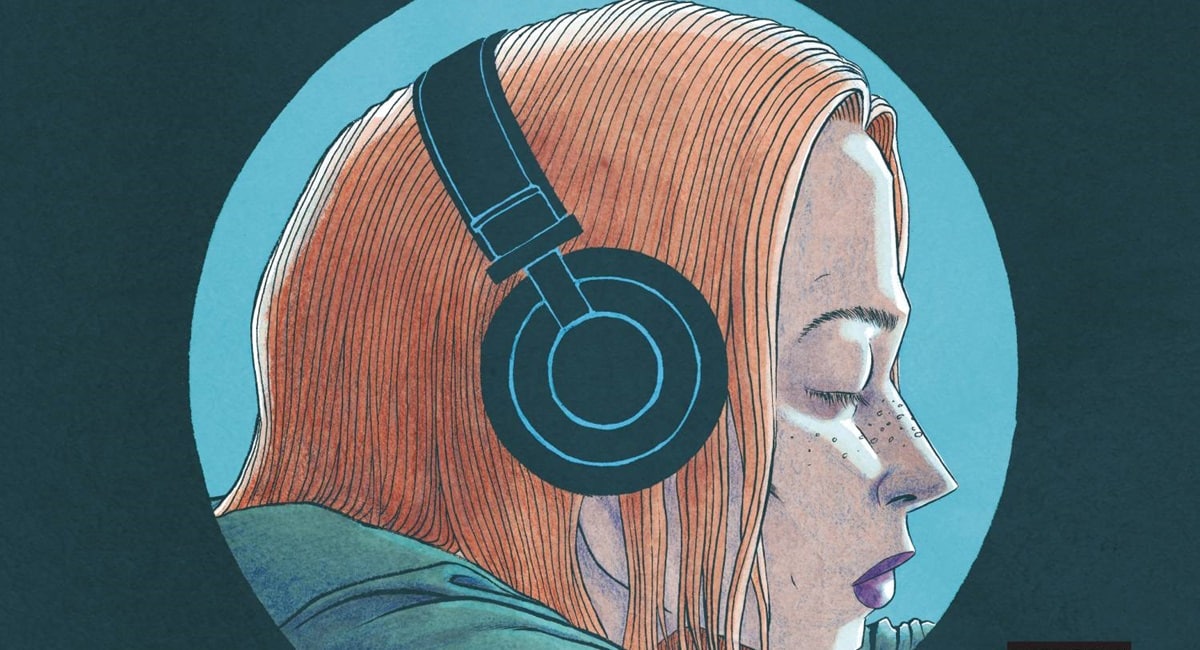
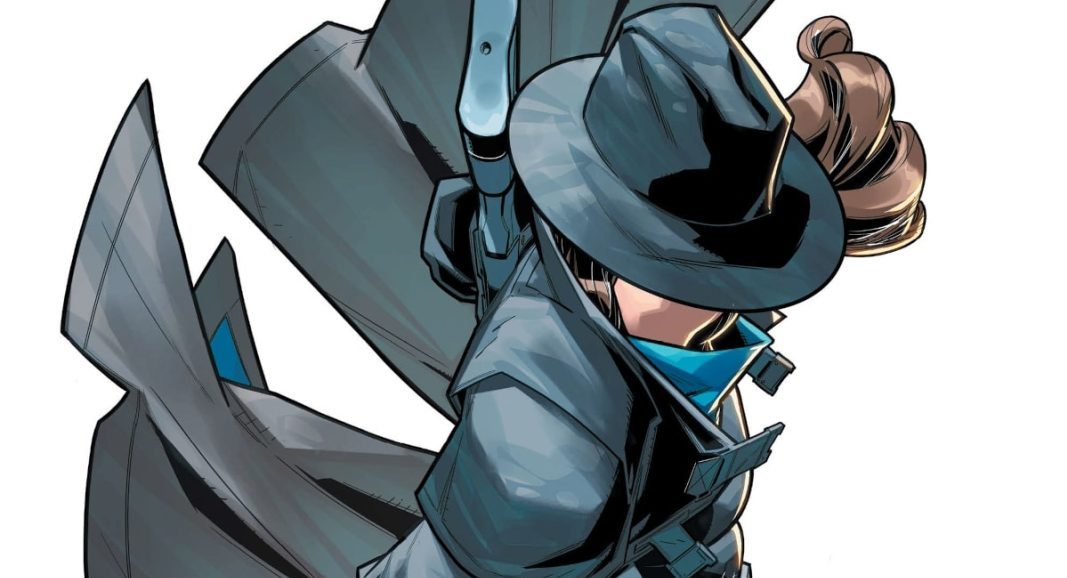
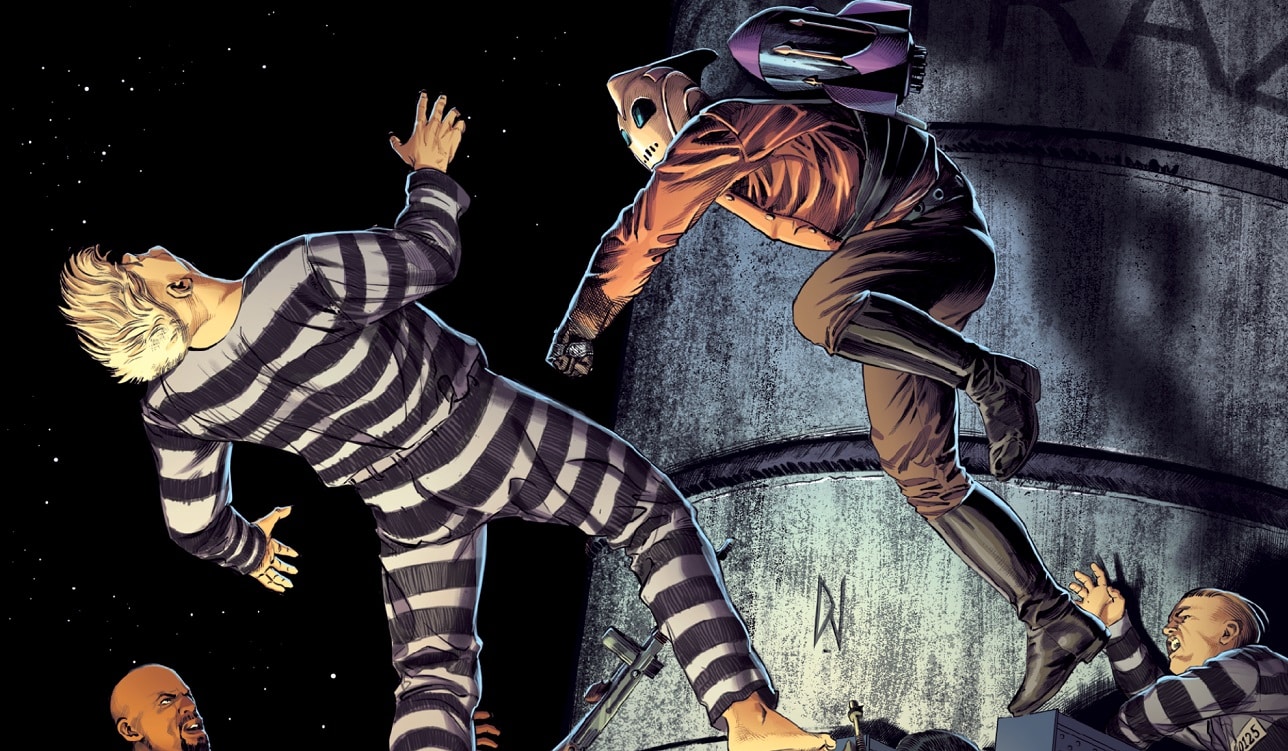












 English (US) ·
English (US) ·